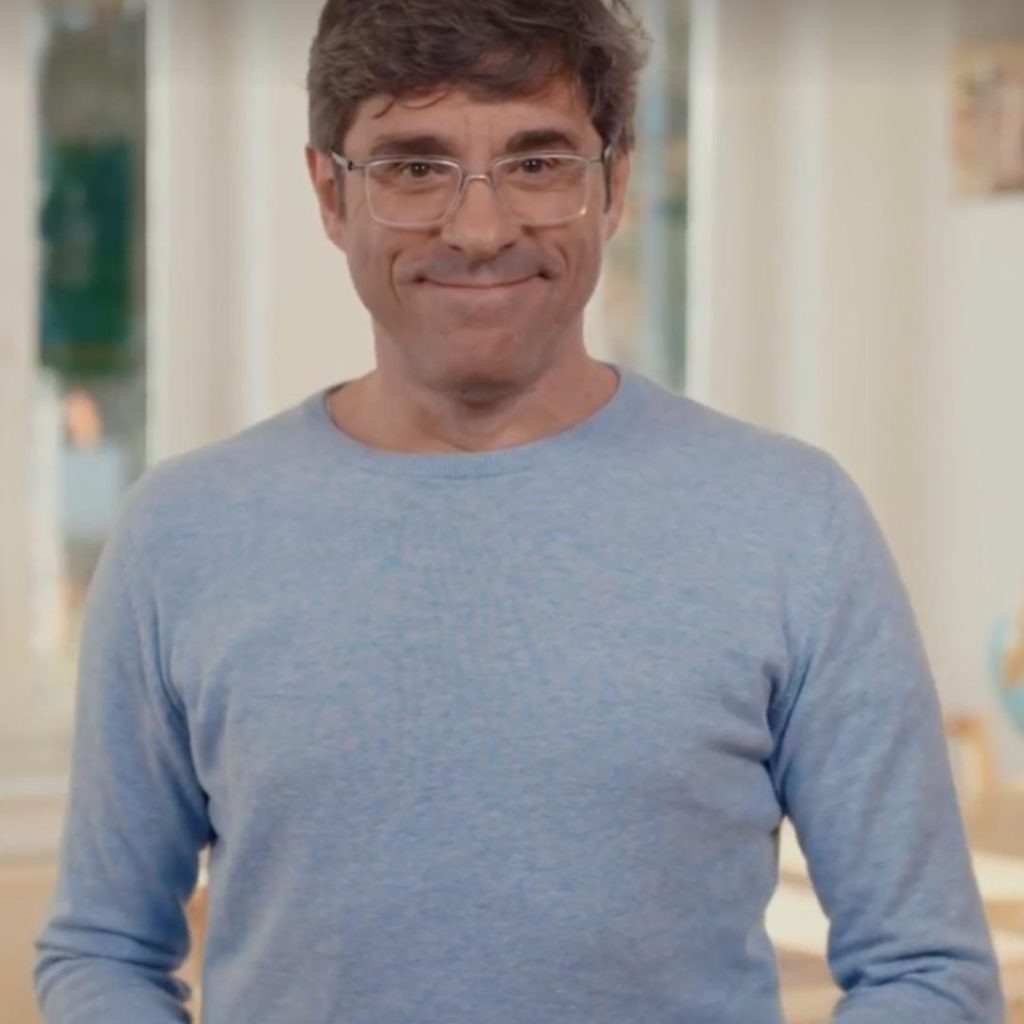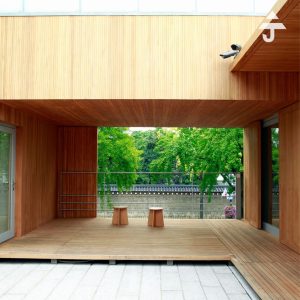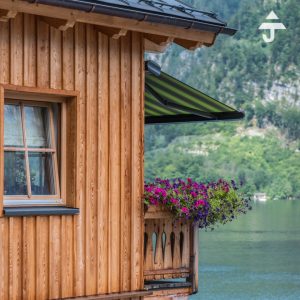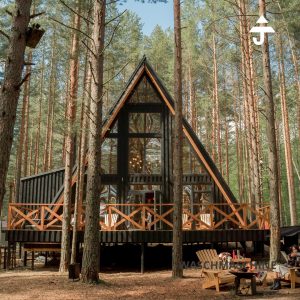Energy communities - the climate revolution in the neighborhood

What sounds cumbersome at first is actually a great idea: renewable energy communities (EEG). Ordinary people from the neighborhood join forces on an equal footing as consumers and producers of renewable energy. This is legally possible for the first time and is a revolution. It will help us to solve the climate crisis. All we have to do is implement EEGs together. And as simply and easily as possible. An app like neeom KLUUB can work wonders.
Dear roommates,
I firmly believe that energy communities are one of the "green swans" we need to solve the climate crisis. A stroke of luck. But only if we do it right.
What is an energy community?
Nothing less than a revolution. And revolutions don't have to be loud: "Put simply, an energy community is an association of at least two participants for the joint production and utilization of energy," writes the Coordination Office for Energy Communities. What comes across so succinctly is completely new: anyone - in both a private and legal sense - can join an energy community and then supply electricity and energy to the community.
- generate
- save
- consume
- and sell.
It gets even better: in all four of these areas - from generation to sales - the members have a completely free hand and agree everything among themselves. Private households, municipalities, medium-sized companies, everyone talks to each other and comes to an agreement: How much do the members get for their electricity? How much do they pay their neighbors? How long should the price be valid? - And importantly, all of this is independent of the electricity market.
What can energy communities do?
If we want to get out of the climate crisis, we need more sustainable, renewable energy. Ideally, this should be produced and consumed regionally - on site, so to speak. Energy communities will promote this. That will help the climate. But energy communities can do much more - they:
- offer planning security through stable prices.
- stabilize the power supply (blackout).
- make it easier to get started with electromobility
- strengthen the community.
To achieve all this - to live more self-sufficiently, more securely and more communally - we will need help from storage systems and software: The booming PV electricity on rooftops, for example, will only help us with the energy and climate problem if it is distributed intelligently, over short distances and as flexibly as possible. From one house to another, from the producer to the consumer and back again. But also from day to night and from summer to winter. All of this is brought to life by renewable energy communities.
More about energy communities >
You can find the entire article here
Photo ©️Andreas Hunter






